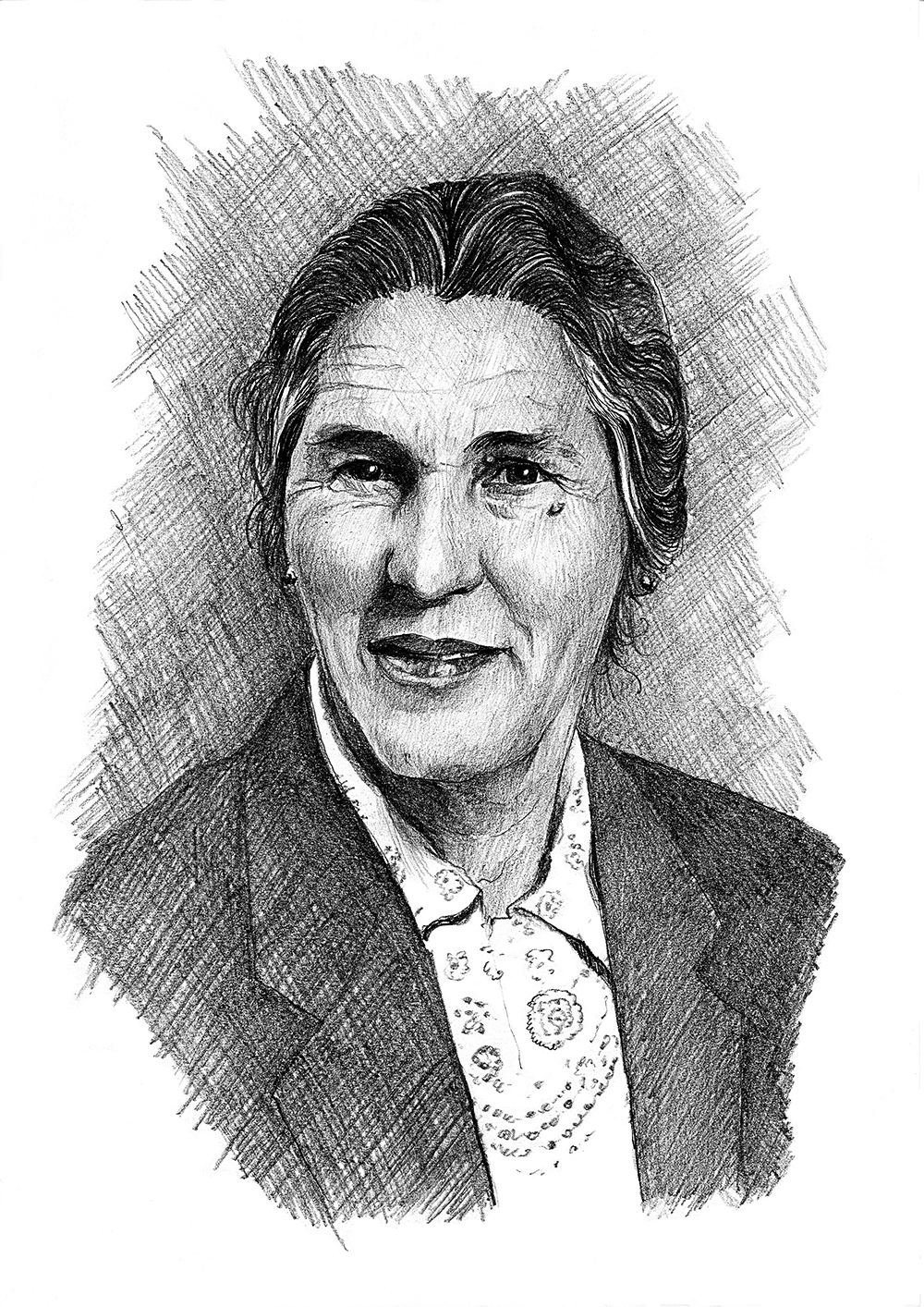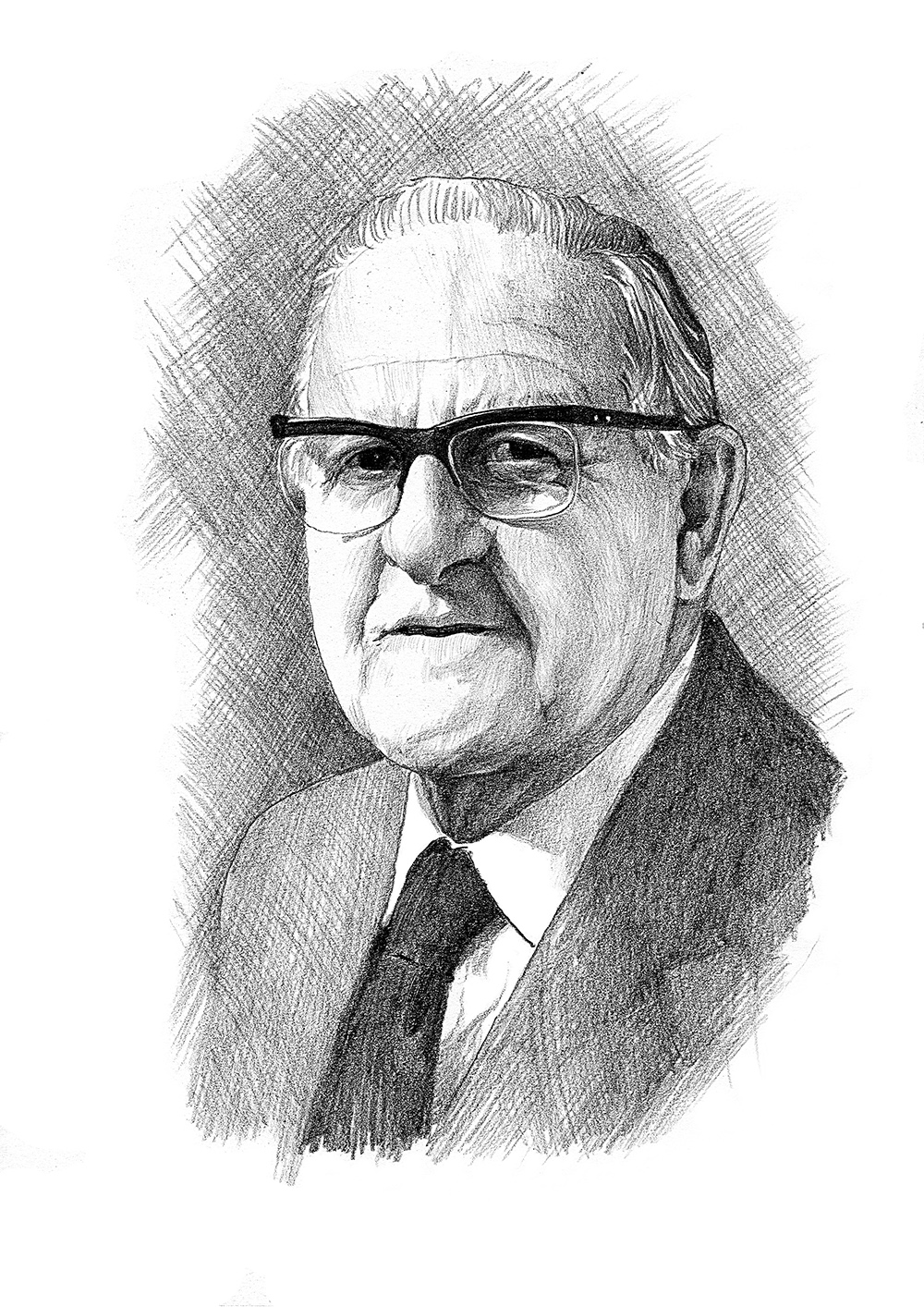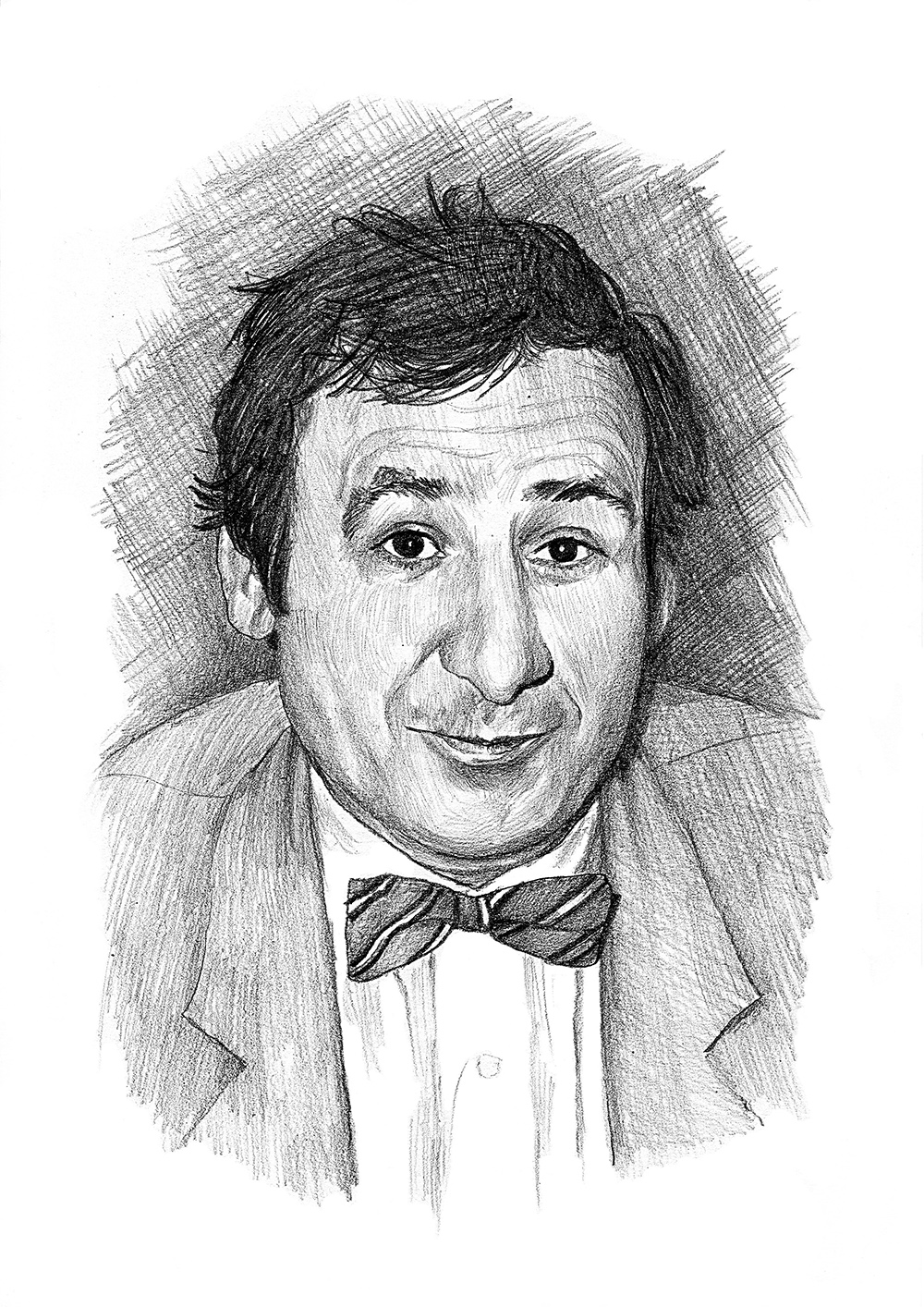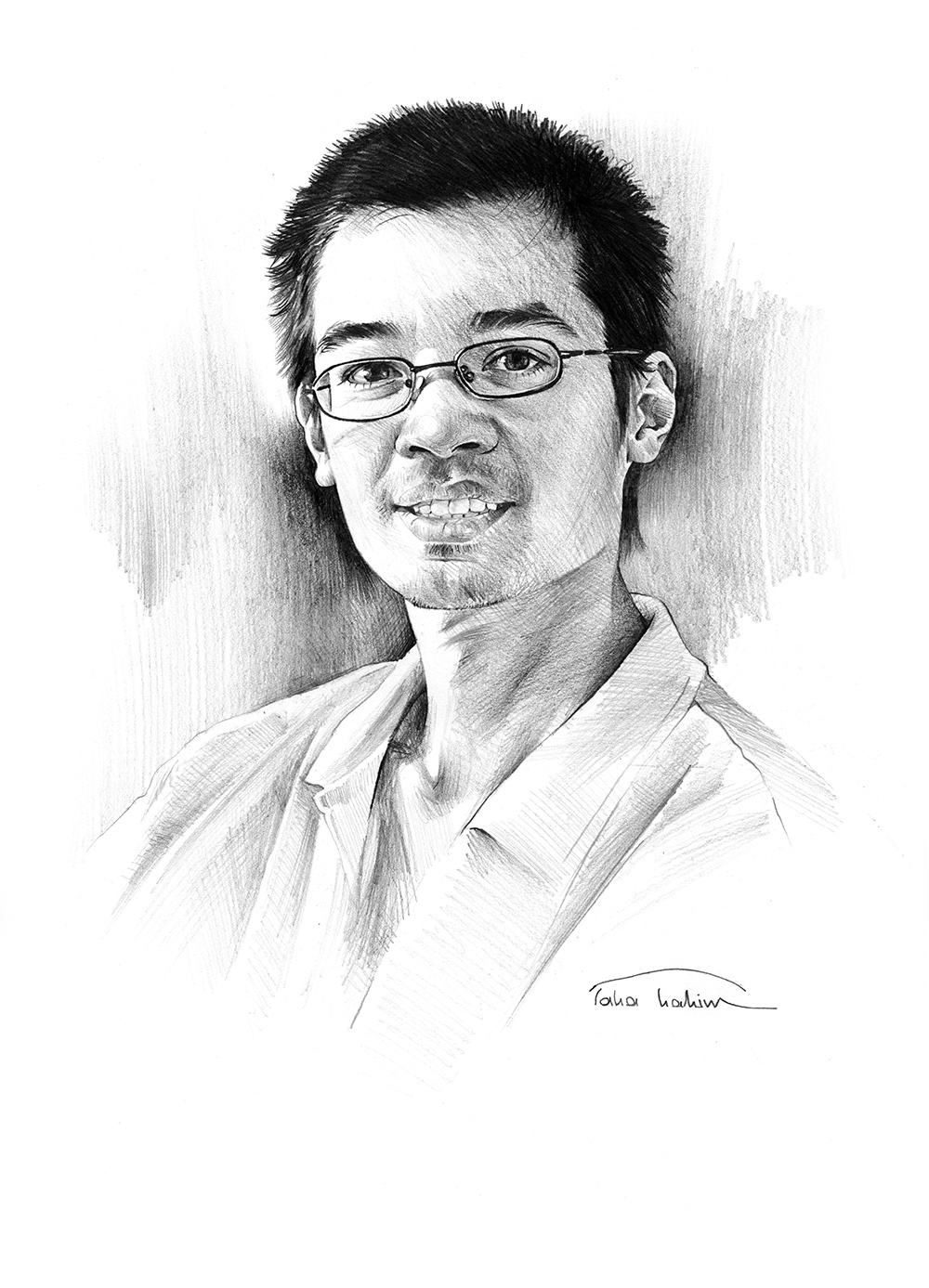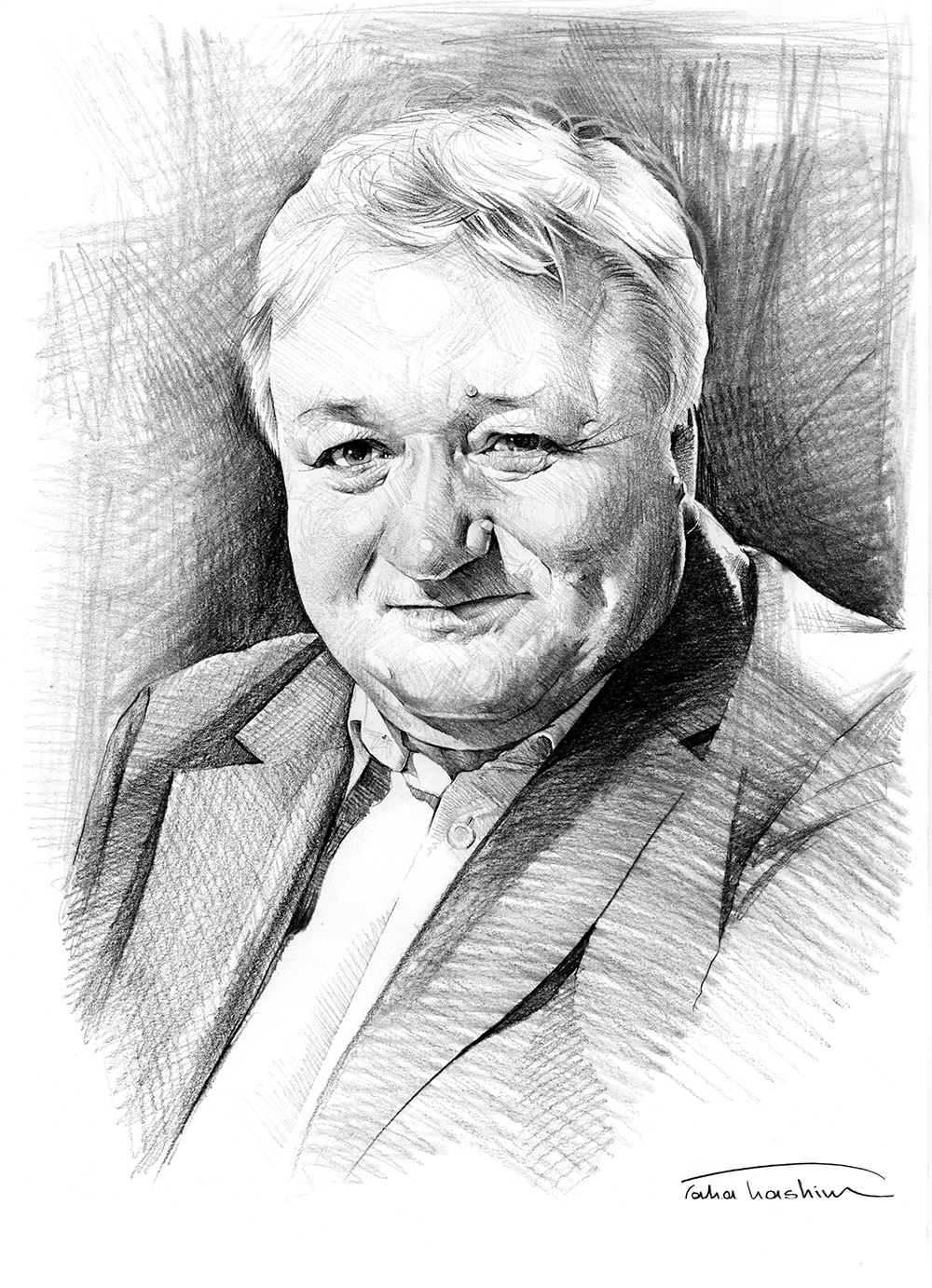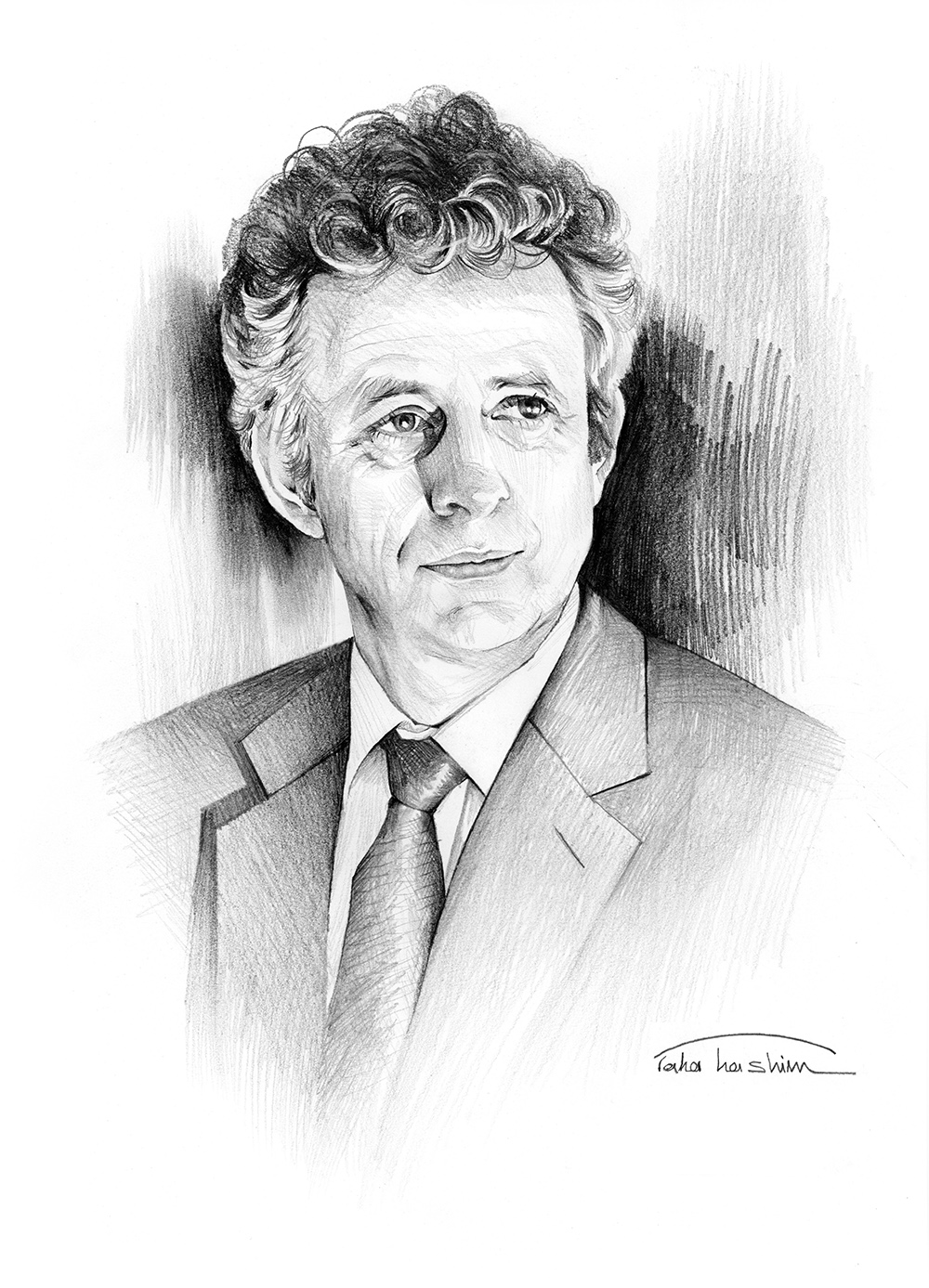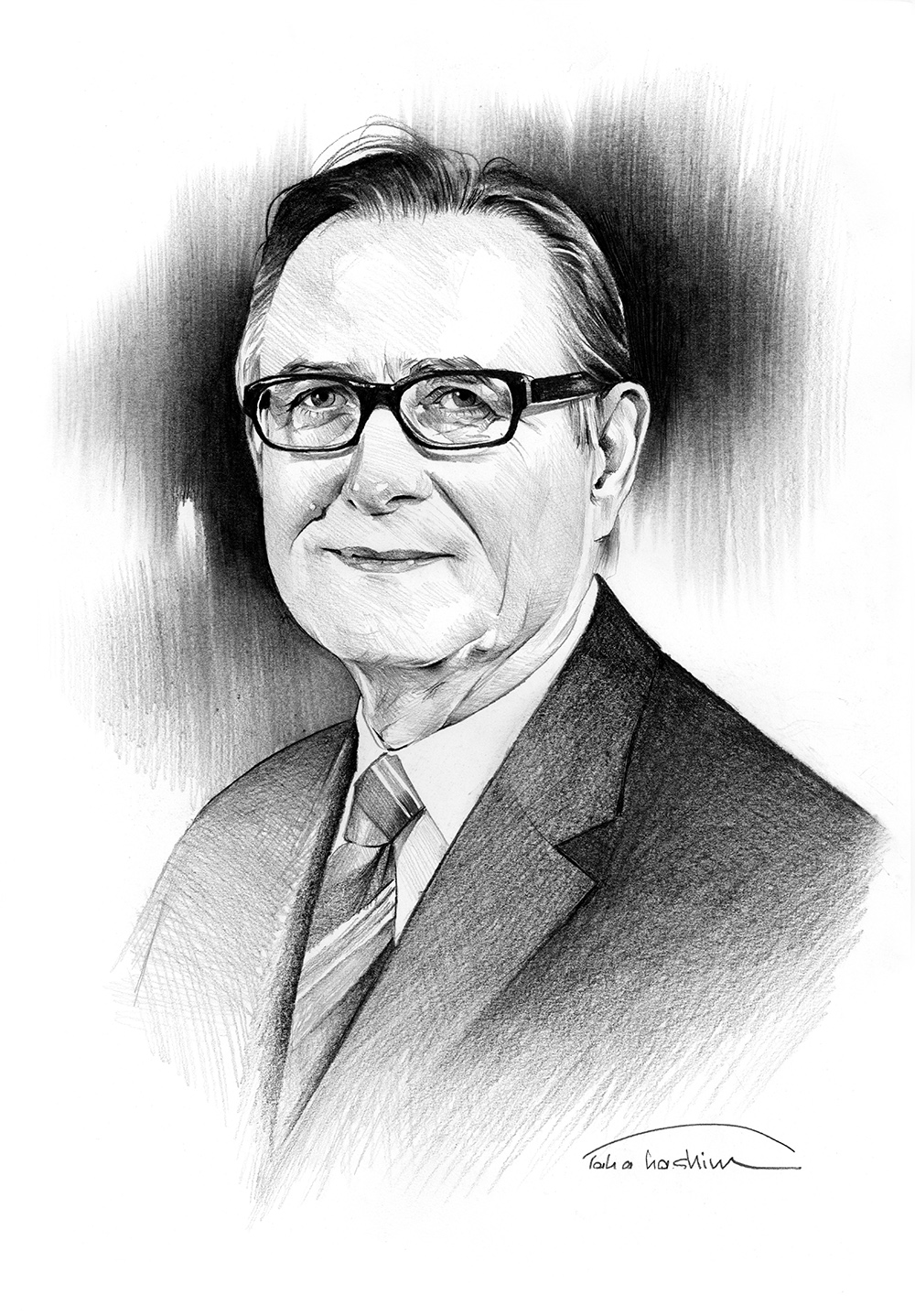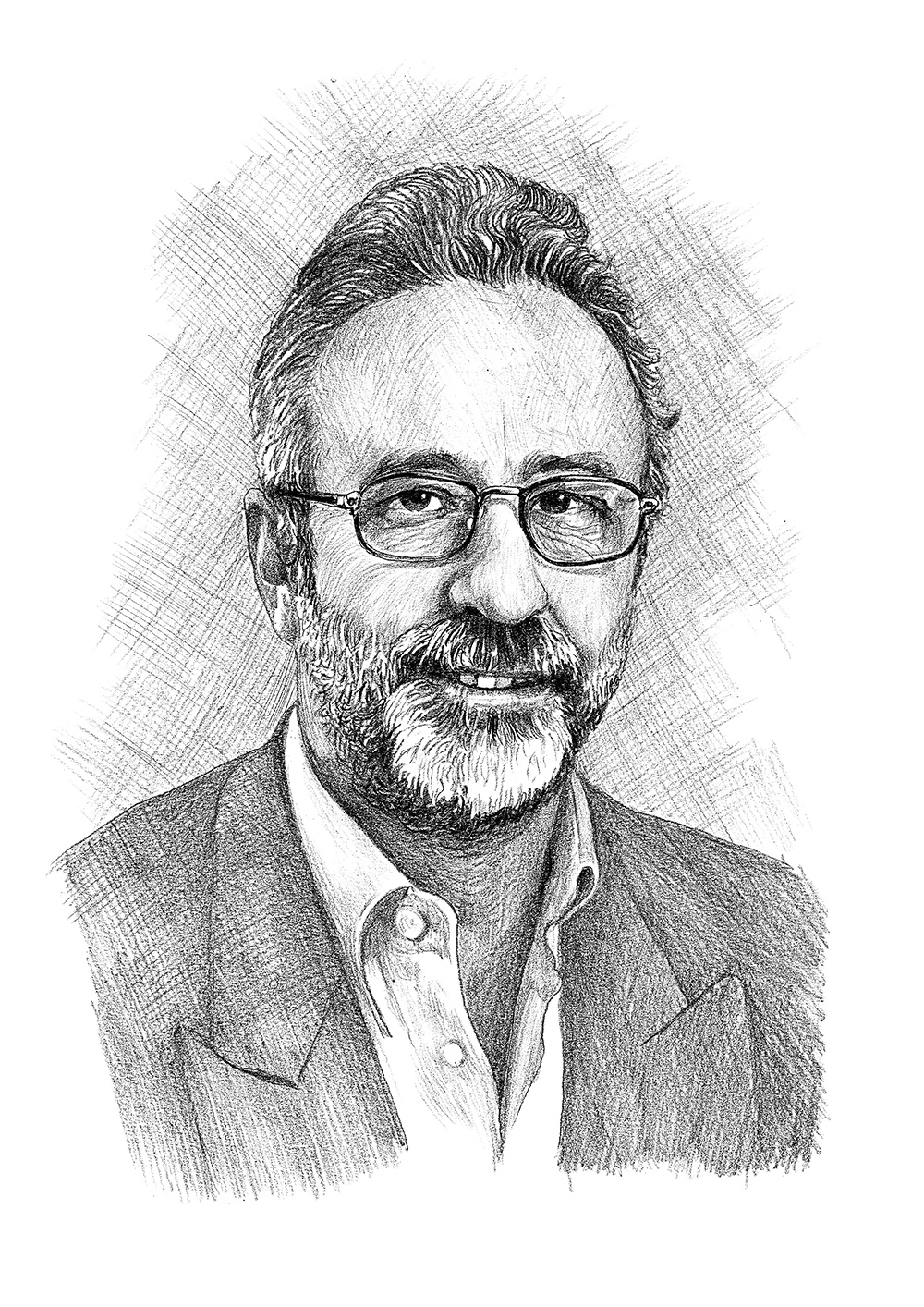Janet Rowley was awarded a scholarship to enter an advanced placement program at the University of Chicago (UC), where she finished the last two years of high school and the first two years of college concurrently. She then continued at UC, earning a Bachelor’s of Philosophy in 1944, a Bachelor’s of Science in 1946, and an MD in 1948, at the age of 23. She balanced her family life with her career by working part-time as she raised four sons. When her youngest turned 12 years old, she began full time research.
Professor Rowley earned her medical license in 1951, then served as an attending physician at the Infant and Prenatal Clinics in the Department of Public Health in Maryland. From 1955-1961, she took up a research post at a clinic for children with developmental disabilities, while teaching neurology at the University of Illinois Medical School. In 1962, after spending a year in England studying the pattern of DNA replication in normal and abnormal human chromosomes, she returned to UC as an assistant Professor, becoming an associate professor in 1969, and a full professor in 1977. In 1984, she was named the Blum-Riese Distinguished Service Professor in the Departments of Medicine, Molecular Genetics and Cell Biology, and Human Genetics at UC.
Professor Rowley was one of the most distinguished cancer geneticists in the world. In the early 1970’s, she identified a specific genetic translocation (exchange of genetic material between chromosomes) in patients with leukemia. This discovery, along with her subsequent work on chromosomal abnormalities, revolutionized the medical understanding of the role of chromosomal translocation and damage in causing cancer.
Professor Rowley received numerous honors, including a long list of honorary and named lectureships, fellowships of major national and international science academies, and around 30 prestigious prizes and medals, including the Dameshek Prize in 1982, Esther Langer Award in 1983, and the Kuwait Cancer Prize in 1984.
This biography was written in the year the prize was awarded.

